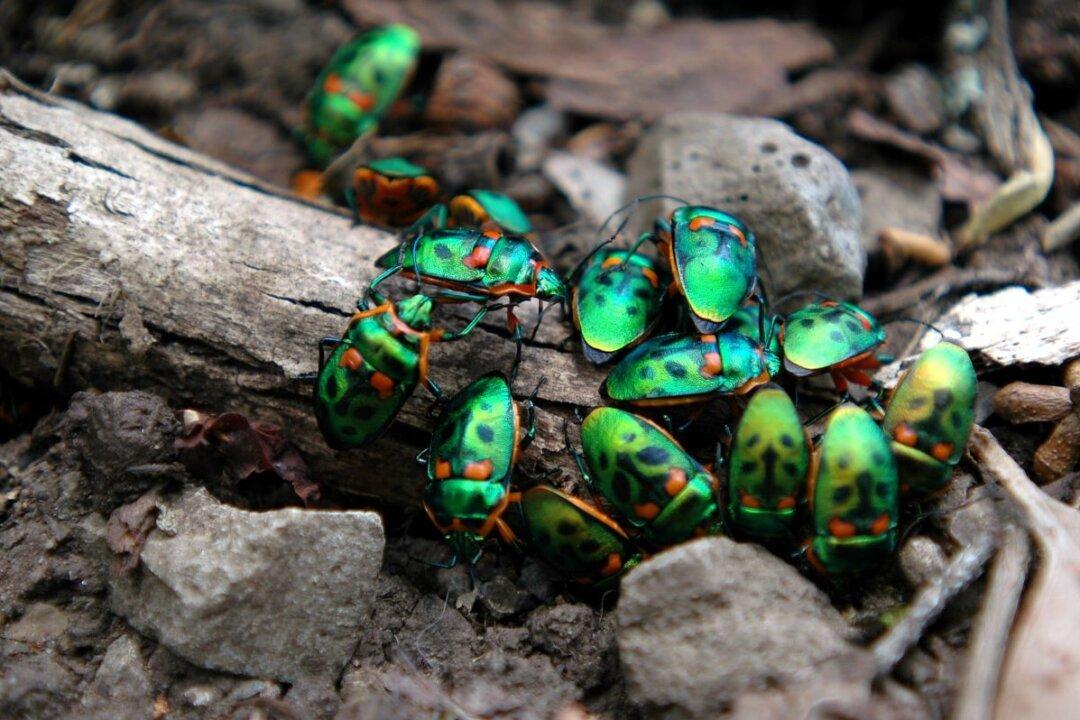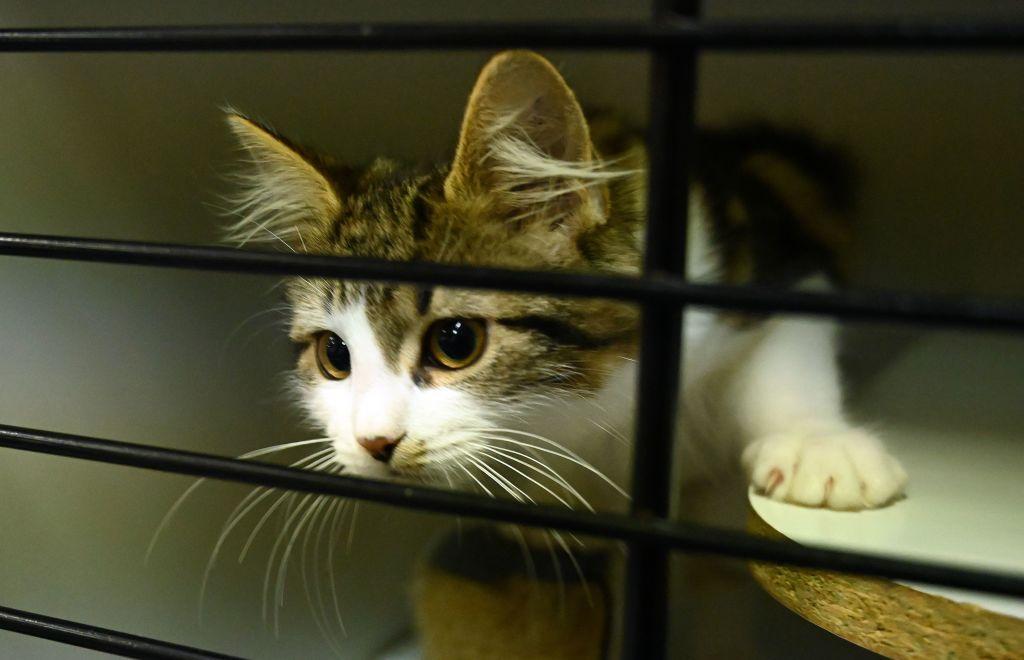Researchers from the University of Sydney suspect that the iconic Australian Christmas beetle is in decline and are imploring Aussies to assist scientists in a country-wide beetle population count.
In an email to The Epoch Times, Assoc. Prof. Tanya Latty, from Sydney University, said that it’s not known for sure that Christmas beetles have declined, as long-term population data isn’t possessed.




